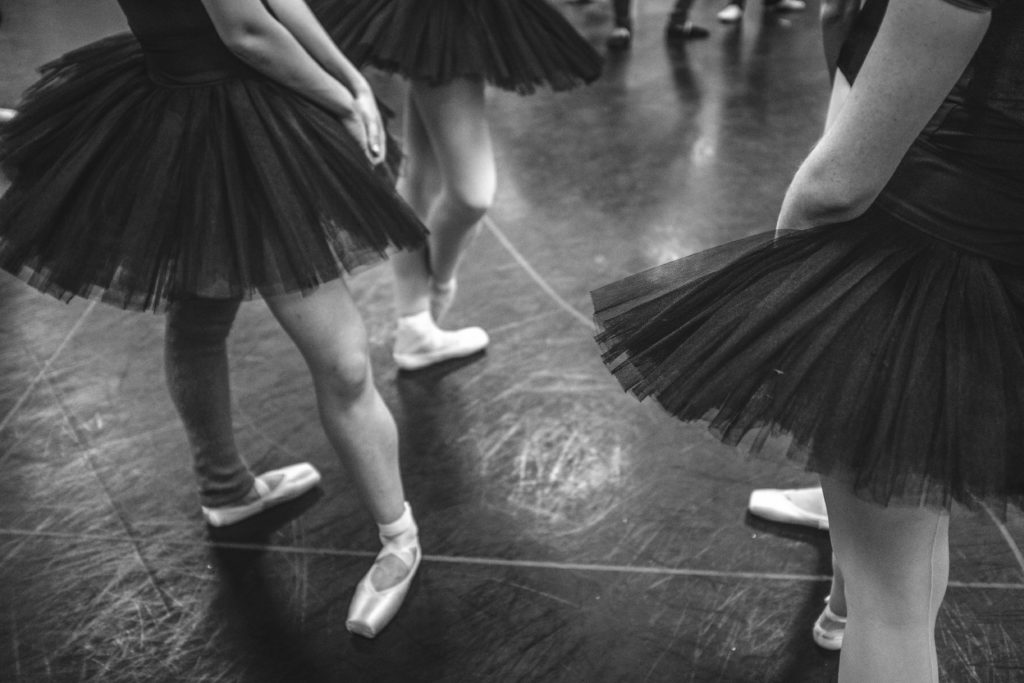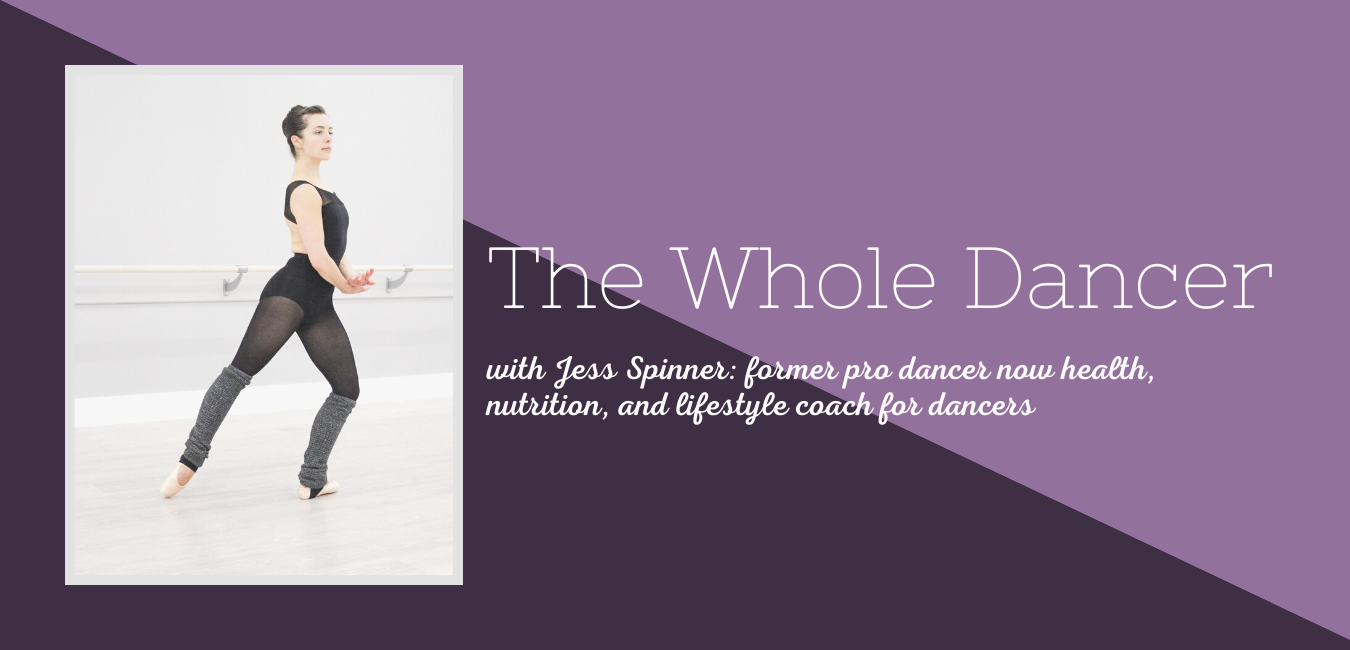In reflecting on The New York Times piece, “What Is a Ballet Body?” I was compelled to share some takeaways. After all, I run a program called The Dancers’ Best Body Program. Something I strive to make very clear is that my program is about reaching your personal best. That means embracing your uniqueness and allowing what’s special about you to shine through.
I was hopeful, but the article left quite a lot to be desired. Before I go any further, I want to applaud the dancers who spoke out. It needs to become more commonplace for dancers to use their voices. You should feel empowered to speak out against the wrongs you experience whether they’re directed towards you or those around you. Be a champion for yourself and others.
For me, one of the most disturbing lines in the piece came quite early, when the author explained that weight can, “interfere with a seamless, sculptural quality.” Thus distorting line. This article was about the ballet body as it pertains to those in the professional realm of dance. When dancers are training at a professional or pre-professional level, the shape of their bodies will be “seamless” and “sculptural”. Lines will be clear, beautiful and aesthetically pleasing because muscles are shaped by ballet.
Even if the body itself is larger, the shape of the muscles will achieve the desired line.

Ballet bodies based on the number on the scale…
An unfortunate and triggering aspect of the NYT article was the sharing of dancer weight by the numbers and how the number has changed over the course of the pandemic. It shared a very small weight change. Many dancers have experienced a much more significant shift in weight. Dancers have gained weight due to the change in activity level, food consumption, stress, emotional eating, or any combination of those factors or others.
If your body has changed, it’s ok. You don’t have to fear weight gain.
What’s healthy for you? Be honest.
“Appropriately, Kathryn Morgan’s recent experience at Miami City Ballet was included. Kathryn said, “I went in — full, open disclosure — saying I have this particular condition,” she said in an interview. “This is how my body is. I am not ever going to be the smallest one onstage.”
“Once she arrived, her body was constantly criticized.
There needs to be a shift wherein Artistic Staff at a company are willing to accept dancers when the dancers themselves know they’re at their personal best. If you say, this is me at my healthiest, that’s where your company should want you to stay.
Your body is a ballet body…
One of my favorite contributions to the article came from former Miami City Ballet dancer, Chloe Freytag. She said, “You can have insane stamina, powerful strength and a really different looking body than somebody else next to you who has the same stamina and the same strength. I do think we can change the standard of how we identify a qualified dancer.”
Amen.
When you’re at your personal best, you can feel it. However, it’s not likely to look like the personal best of the dancer next to you.
Schools are not “protective bubbles”.
The writer said that once you go pro, the protective bubble of school fades. I wish dance schools were protective bubbles. It would be so beautiful if they provided a positive environment for self-acceptance and growth. Some do. So many do not.
To start to reform ballet, why not go to schools first? Remove the school directors and teachers who perpetuate damaging messages. Parents can support this change by removing their children from schools that don’t let go of the dated, destructive approach to body shape and size.
No comments in passing…
I really appreciated the contributions from New York City Ballet Artistic Directors Wendy Whelan and Johnathan Stafford. It’s useful to see how one of the biggest companies in the world plans to make adjustments. Concerns will no longer be brought up in passing. So often, dancers are told in very nonchalant, mindless ways that something has changed and is no longer “acceptable” about their bodies.
If there’s concern about a dancers well-being due to changes in their body, it’s reasonable to have a supportive conversation. What shouldn’t happen is shaming, loss of roles, or accusations. Why not approach changes from a place of curiosity? You could say, “We’ve noticed some changes. Is everything ok?”
If you struggle to accept your body in dance, you’re not alone.
One thing was surely clear: few are immune to the aesthetic body pressures in dance. To hear from dancers at the top of the field confirms that these insecurities run deep. Body pressure is ingrained in dance culture. Even the dancers you might assume have no worries, worry about this.
For more thoughts on this article, check out this video where I get into all the little details including some thoughts on how to move forward in a productive way.

This was a fantastic post that answered a lot of my questions.